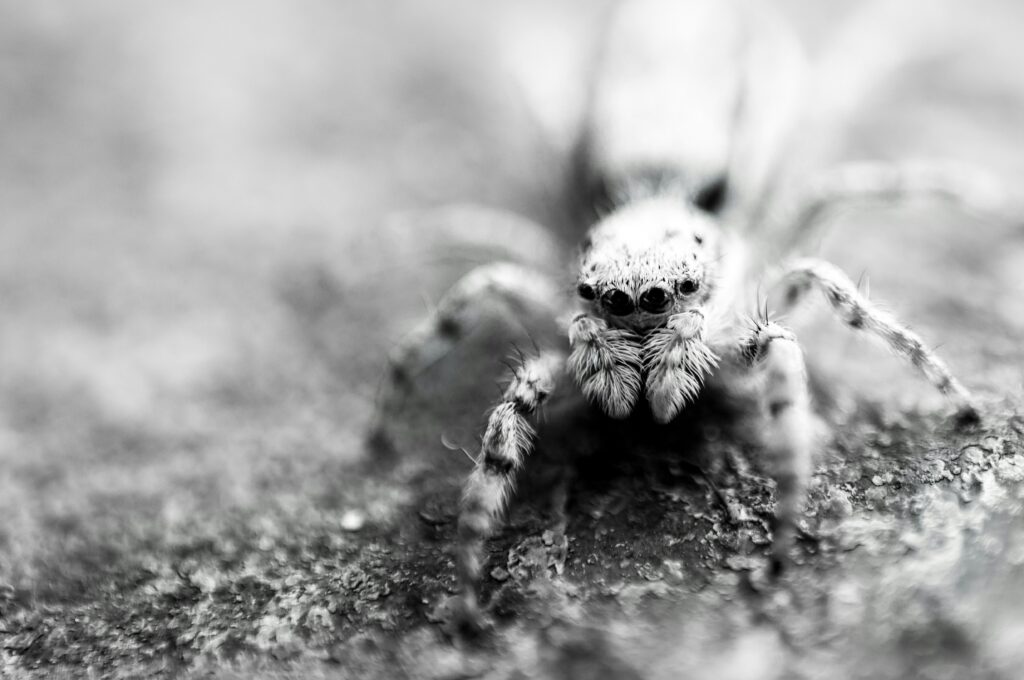Spiders often inspire fear and fascination in equal measure. These eight-legged creatures have been the subject of myths, urban legends, and exaggerated stories for centuries. When it comes to venomous spiders in particular, misconceptions abound – from overestimated dangers to misidentified species. This article aims to debunk the most common myths surrounding venomous spiders, providing accurate information to help readers better understand these important but often misunderstood creatures. By separating fact from fiction, we can develop a more balanced perspective on the role these arachnids play in our ecosystems and the actual risks they may pose to humans.
All Spiders Are Venomous

While it’s true that most spiders possess venom, this doesn’t mean all spiders are dangerous to humans. In fact, of the approximately 50,000 known spider species worldwide, only about 25 have venom capable of causing significant harm to humans. Spider venom evolved primarily to subdue their prey, which typically consists of insects and other small invertebrates. The vast majority of spider species have venom that’s either too weak to penetrate human skin or not potent enough to cause anything beyond minor, localized reactions similar to a mosquito bite. Even among the species considered “medically significant,” serious reactions are relatively uncommon and deaths are exceedingly rare in most parts of the world.
Daddy Long-Legs Are the Most Venomous Spiders in the World
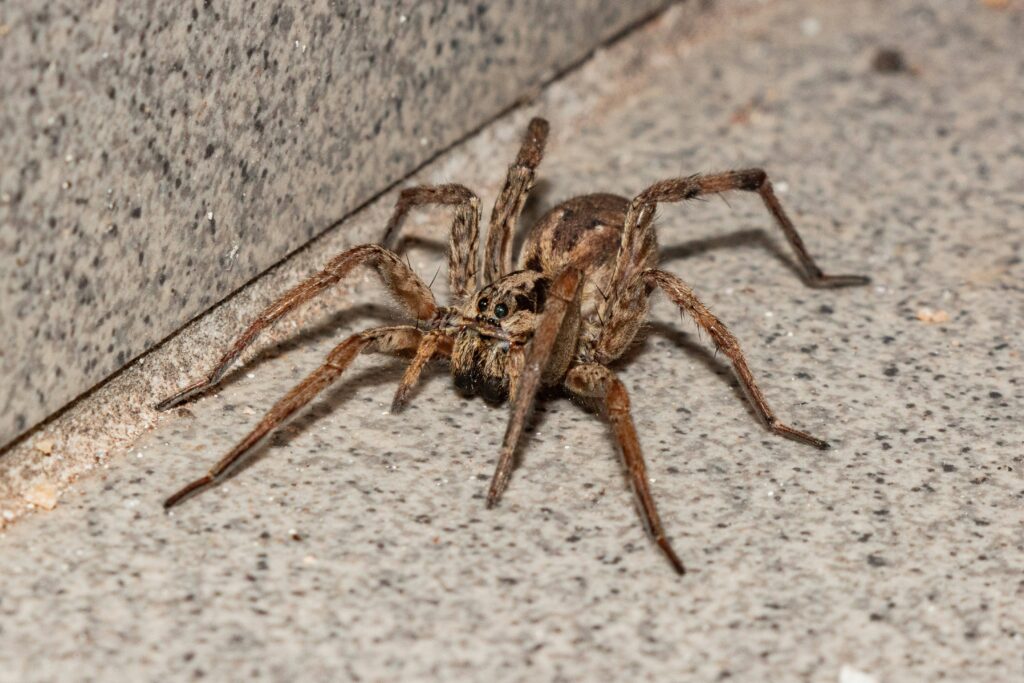
This is perhaps one of the most persistent spider myths, claiming that daddy long-legs (also called harvestmen or cellar spiders, depending on the species) possess extremely potent venom but cannot bite humans due to their small fangs. This claim is entirely false on multiple levels. First, the creatures commonly called daddy long-legs often aren’t even true spiders – harvestmen (Opiliones) are arachnids but belong to a different order than spiders and don’t produce venom at all. True cellar spiders (Pholcidae), which are genuine spiders sometimes called daddy long-legs, do produce venom but it has never been shown to be particularly potent. Additionally, while their fangs are small, they can actually penetrate human skin in some cases, though bites are extremely rare and cause minimal effects. No scientific study has ever supported the claim that these spiders possess unusually dangerous venom.
You Swallow Multiple Spiders in Your Sleep Each Year
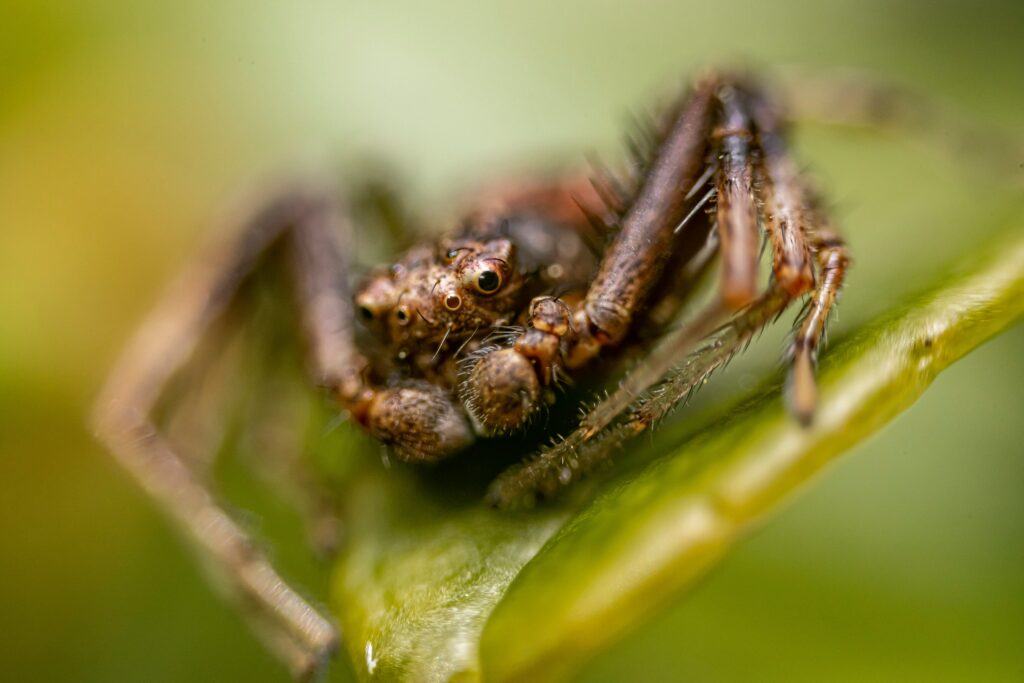
This widely circulated myth suggests that the average person swallows eight spiders per year while sleeping, but there is absolutely no scientific evidence supporting this claim. Spiders have evolved sensitive vibration detection that makes them acutely aware of large, breathing mammals nearby – creatures that represent potential danger rather than suitable habitat. A sleeping human generates numerous deterrents for spiders, including vibrations from breathing, body heat, and sometimes snoring sounds, all of which spiders would typically avoid rather than investigate. Spiders are generally timid creatures that prefer to avoid encounters with humans whenever possible. This myth appears to have originated as an example of how readily people accept and spread ridiculous claims without verification, before ironically becoming one of the most widely believed spider myths.
All Shiny Black Spiders Are Black Widows

Many people misidentify harmless black spiders as dangerous black widows, leading to unnecessary fear and sometimes the killing of beneficial spider species. While black widow spiders (Latrodectus species) are indeed black and shiny, they possess distinctive red markings – most commonly the famous “hourglass” pattern on the underside of the abdomen. Many other common household spiders may appear black but lack these distinctive markings and pose no threat to humans. Examples include various species of cobweb spiders (family Theridiidae), which are related to black widows but non-venomous to humans, and certain jumping spiders (family Salticidae), which may have black coloration but are harmless and even considered beneficial for controlling pest insects. Learning to properly identify true black widows can help reduce needless arachnophobia and protect harmless spider species.
Brown Recluses Are Common Throughout the United States
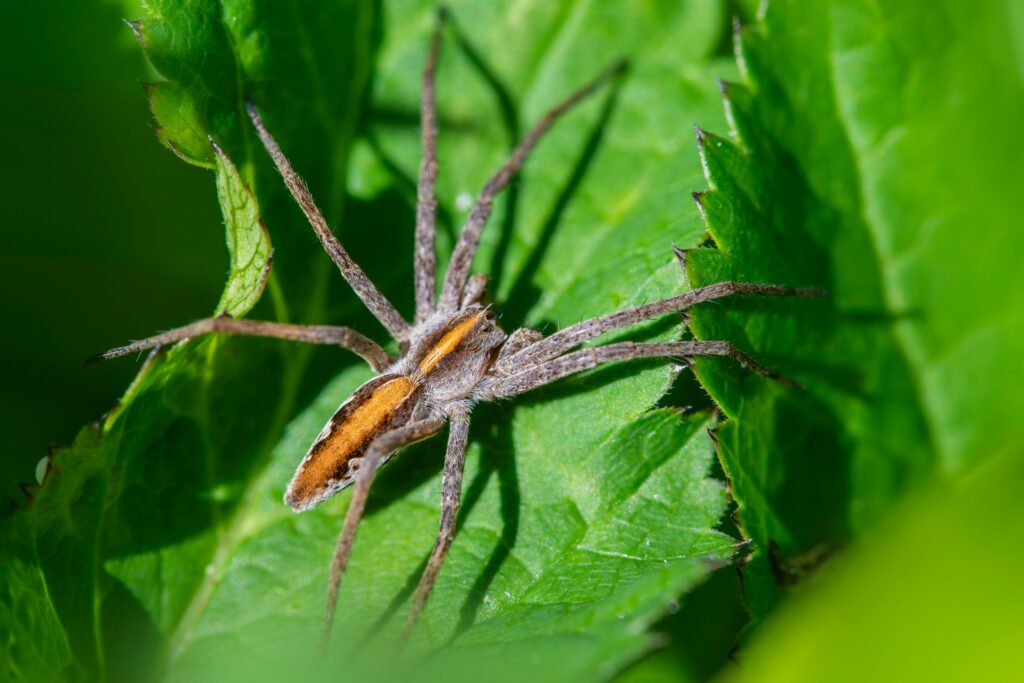
A persistent misconception is that brown recluse spiders (Loxosceles reclusa) can be found virtually anywhere in the United States, when in fact they have a much more limited range. Brown recluse spiders are primarily found in the south-central United States, particularly in states like Missouri, Kansas, Oklahoma, Arkansas, Texas, and parts of surrounding states. Despite countless claimed sightings and “brown recluse bites” diagnosed across the country, confirmed specimens are extremely rare outside their native range. Studies examining thousands of spiders submitted by homeowners concerned about brown recluses in non-native regions typically find zero actual specimens. Many other common brown spiders are misidentified as brown recluses, including harmless cellar spiders, wolf spiders, and male sac spiders. True brown recluses have a violin-shaped marking on their cephalothorax (the front body segment), but this feature alone isn’t sufficient for identification, as several other species have similar markings.
Any Painful Spider Bite with Necrosis Must Be from a Brown Recluse

When people develop mysterious skin lesions or infections with tissue death (necrosis), brown recluse spiders are often blamed, especially in areas where these spiders don’t naturally occur. However, numerous medical conditions can cause symptoms resembling what people associate with brown recluse bites, including bacterial infections like MRSA, various fungal infections, herpes, diabetic ulcers, vascular problems, and reactions to medications. Studies in emergency departments have shown that when patients self-diagnose “spider bites,” less than 4% actually involve spiders, and many physicians incorrectly attribute unexplained necrotic wounds to spider bites without confirmation. True brown recluse bites can indeed cause necrosis in some cases, but such reactions vary widely and many bites heal without serious complications. The misdiagnosis of spider bites delays proper treatment for potentially serious conditions and contributes to unnecessary fear of spiders.
All Large Hairy Spiders Are Dangerous
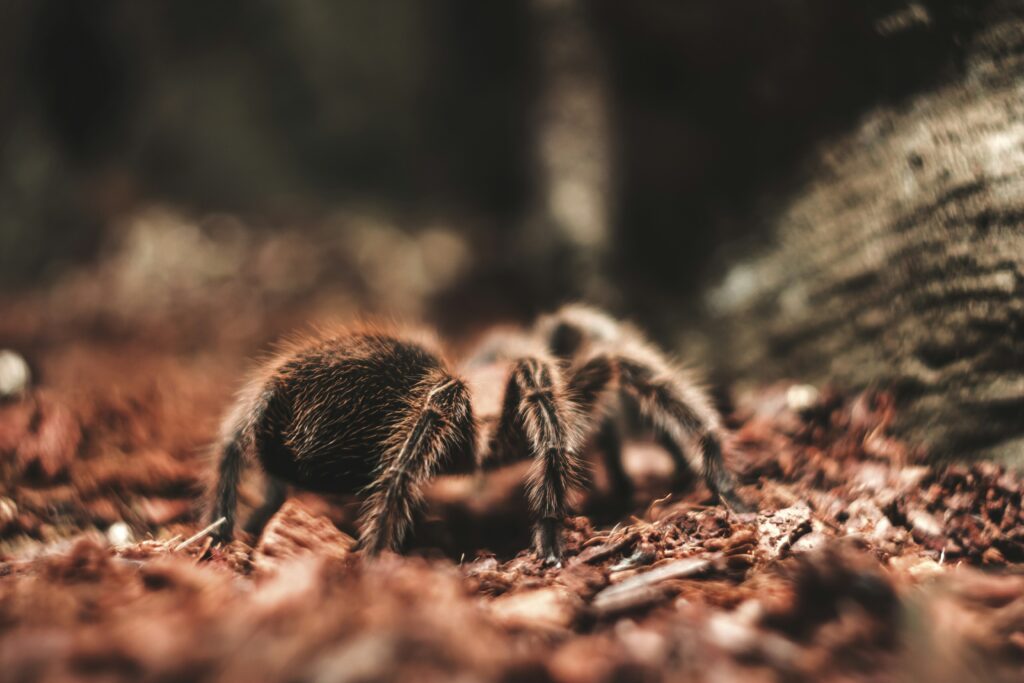
Large, hairy spiders like tarantulas often trigger intense fear reactions, yet these impressive arachnids are generally far less dangerous than their appearance might suggest. Despite their intimidating size and appearance, most tarantula species found in the United States pose minimal threat to humans, with venom comparable in effect to a bee sting. While some tarantula species can deliver painful bites, they typically do so only when directly threatened or handled roughly. Many species possess urticating hairs on their abdomen which they can kick off as a defense mechanism; these hairs can cause skin irritation and more serious problems if they contact the eyes, but this is a defensive rather than aggressive behavior. Around the world, even the larger and more defensive species of tarantulas have never been responsible for a confirmed human fatality, making them far less dangerous than their fearsome reputation suggests.
White-Tailed Spiders Cause Flesh-Eating Wounds
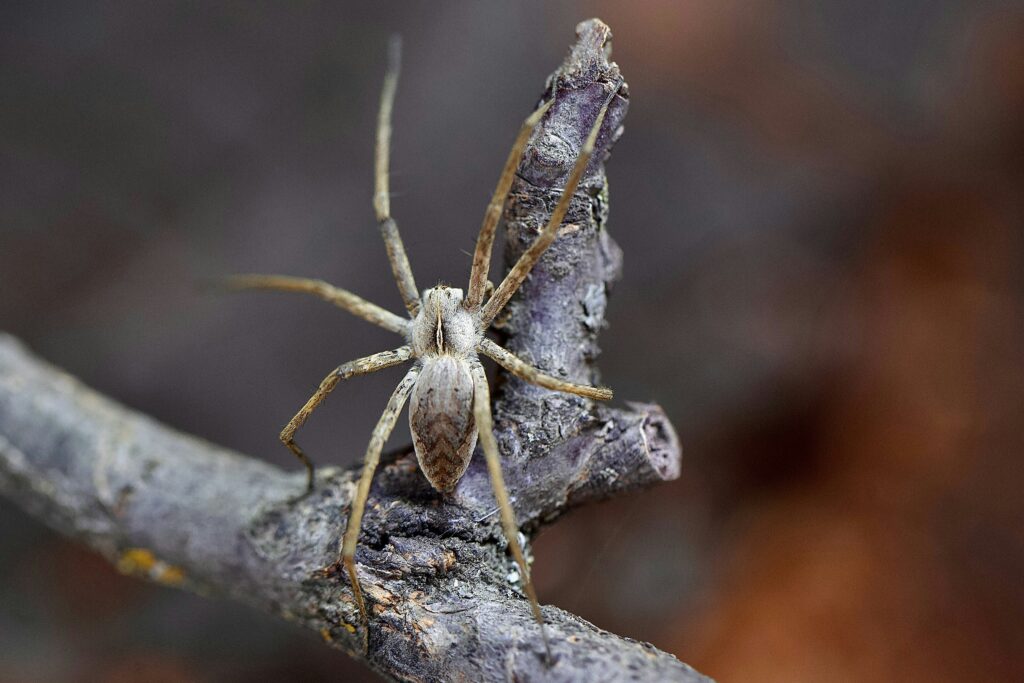
Particularly in Australia and New Zealand, white-tailed spiders (Lampona species) have been blamed for causing severe necrotic lesions, leading to widespread fear of these common household spiders. However, comprehensive scientific studies have thoroughly debunked this claim. A landmark study published in the Medical Journal of Australia examined 130 confirmed white-tailed spider bites and found no cases of necrosis or severe reactions. The typical symptoms were limited to local pain, swelling, and itching that resolved without treatment within 24 hours. Like the brown recluse situation in North America, white-tailed spiders have become a convenient but incorrect explanation for unexplained skin conditions. Medical professionals now recognize that attributing necrotic lesions to these spiders without evidence delays proper diagnosis of the actual causes, which often include bacterial infections, vascular problems, or other medical conditions.
Spider Bites Always Leave Two Distinct Puncture Marks
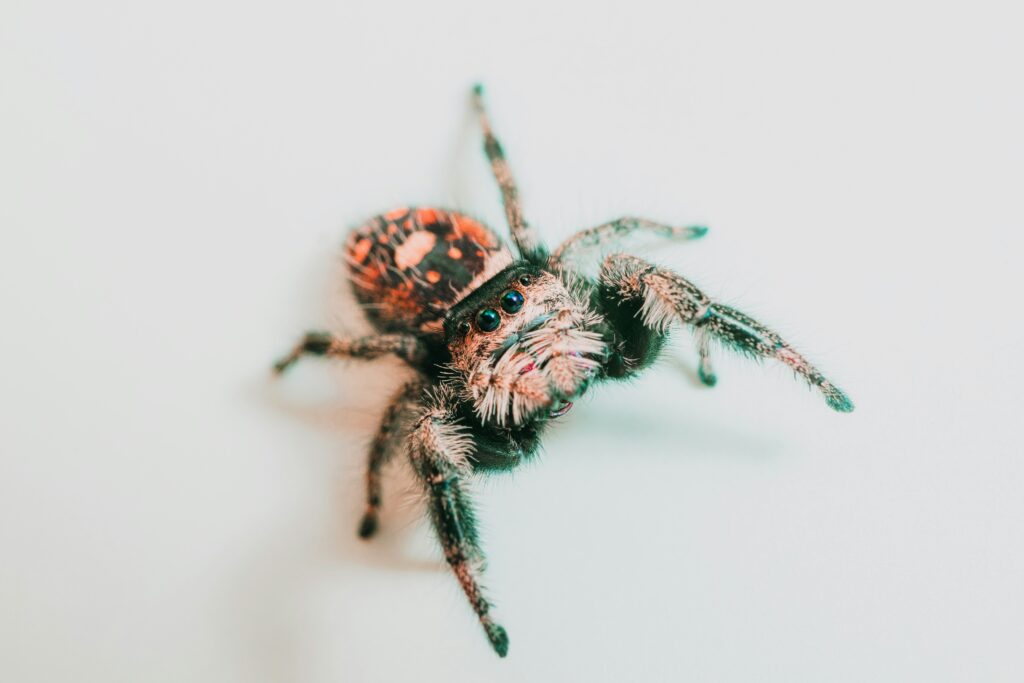
The belief that spider bites always leave two distinct puncture marks where the fangs entered the skin is a common misconception perpetuated by movies and television. In reality, spider bite appearances vary tremendously depending on the species, size of the spider, depth of the bite, and the individual’s reaction. Many spiders have fangs too small or weak to penetrate human skin at all, while others may leave marks that are virtually invisible. When bites do occur, they may appear as a single puncture, a small red bump, or a more diffuse area of inflammation rather than the classic “two fang marks” depiction. Additionally, many reported “spider bites” are actually caused by other arthropods like mosquitoes, bedbugs, fleas, or ticks, or by skin conditions unrelated to arthropod bites. Using the “two puncture marks” criterion for identifying spider bites leads to substantial misdiagnosis and contributes to the overreporting of spider bites.
Venomous Spiders Are Aggressive and Hunt Humans
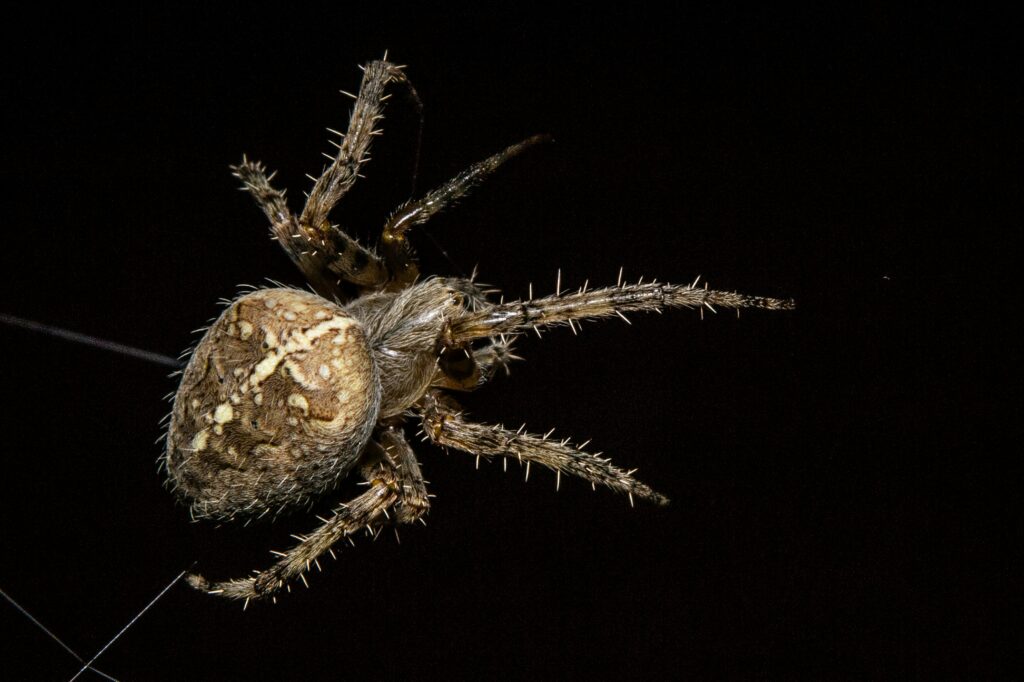
Contrary to popular belief, even the most venomous spider species show no interest in pursuing or attacking humans. Spiders’ primary instinct when encountering humans is to retreat and hide, not to attack. Virtually all medically significant spider bites occur when the spider is directly threatened, trapped against skin (often in clothing or bedding), or accidentally handled. Studies of spider behavior consistently show that even notoriously venomous species like the Brazilian wandering spider or Sydney funnel-web will attempt to flee rather than bite when given the opportunity. Their venom is a precious resource evolved for subduing prey and self-defense as a last resort, not for random aggression. The common belief that spiders will chase people or deliberately hide in shoes or gloves to ambush humans has no basis in reality and represents a fundamental misunderstanding of spider biology and behavior.
Bananas Commonly Harbor Deadly Spiders

The fear of finding deadly “banana spiders” in imported fruit has become a pervasive urban legend, though such occurrences are exceedingly rare. While it’s true that occasionally spiders can be transported with produce shipments, the risk has been dramatically exaggerated. Modern fruit shipping practices include numerous inspection steps and often pesticide treatments specifically designed to prevent hitchhiking organisms. When spiders are found in imported fruit, they are usually harmless species native to the growing region, not the feared Brazilian wandering spiders (Phoneutria genus) that have gained notoriety as “banana spiders.” Furthermore, even in the extremely rare instances when venomous species have been transported, they are typically stressed, dehydrated, and in poor condition after the journey, reducing any potential danger. The actual documented cases of dangerous spiders arriving in produce are vanishingly small compared to the billions of fruit shipments made annually.
Spider Identification Is Simple

Many people believe they can easily identify dangerous spider species based on general characteristics like color, size, or web type, but accurate spider identification is often much more complex. Even trained entomologists sometimes require microscopic examination of specific anatomical features to distinguish between similar-looking species. This complexity leads to frequent misidentifications by the public and even by medical professionals unfamiliar with arachnology. For example, the brown recluse spider is officially identified by eye pattern (six eyes arranged in three pairs) and other subtle characteristics that aren’t visible to the naked eye, not simply by the presence of a violin shape. Similarly, distinguishing between true black widows and related non-dangerous species often requires examination of specific markings and anatomical proportions. The proliferation of online “identification guides” with oversimplified characteristics has contributed to widespread misidentification and unnecessary fears about harmless species.
Spider Venom Has No Beneficial Uses

Despite their fearsome reputation, spider venoms contain complex mixtures of compounds that have tremendous potential for medical applications. Researchers have identified numerous spider venom components that show promise for treating conditions ranging from pain to cardiac arrhythmia to erectile dysfunction. One medication derived from the venom of the Brazilian wandering spider has been investigated as a treatment for erectile dysfunction, potentially offering advantages over current medications. Another compound from Australian funnel-web spider venom has shown neuroprotective effects that could help minimize brain damage after strokes. The precise mechanisms that allow spider venoms to target specific neural pathways make them valuable templates for developing highly targeted medications with minimal side effects. Far from being merely dangerous toxins, spider venoms represent vast untapped pharmacological resources that could yield breakthrough treatments for numerous human diseases and conditions.
Conclusion
The world of venomous spiders is far more nuanced than popular culture would have us believe. While healthy respect for potentially dangerous species is appropriate, the exaggerated fears promoted by myths and misconceptions do a disservice both to human peace of mind and to spider conservation. Most spiders encountered in daily life pose absolutely no threat to humans, and even the few species considered dangerous rarely bite unless directly threatened. By better understanding the true nature of venomous spiders – their behavior, actual distribution, and the realistic risks they present – we can appreciate these remarkable creatures for their ecological importance while taking sensible precautions when necessary. Separating fact from fiction allows us to coexist more comfortably with these beneficial predators that help control pest populations in our environments.

